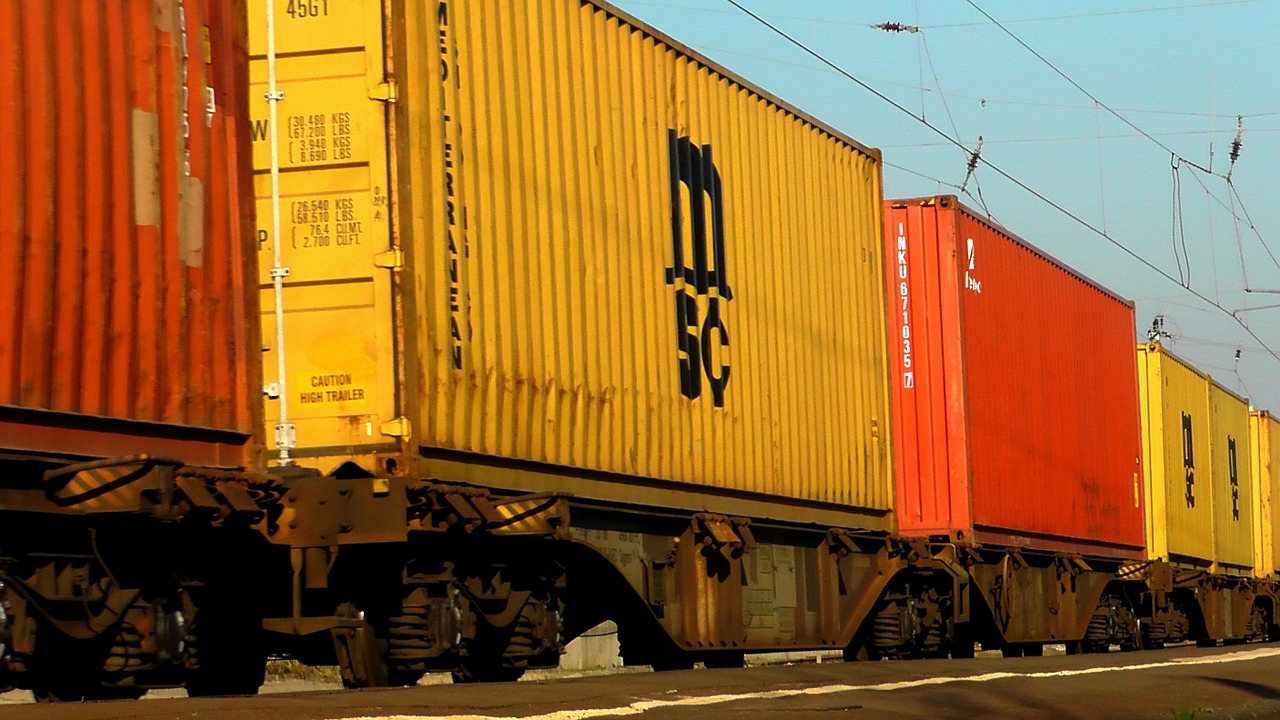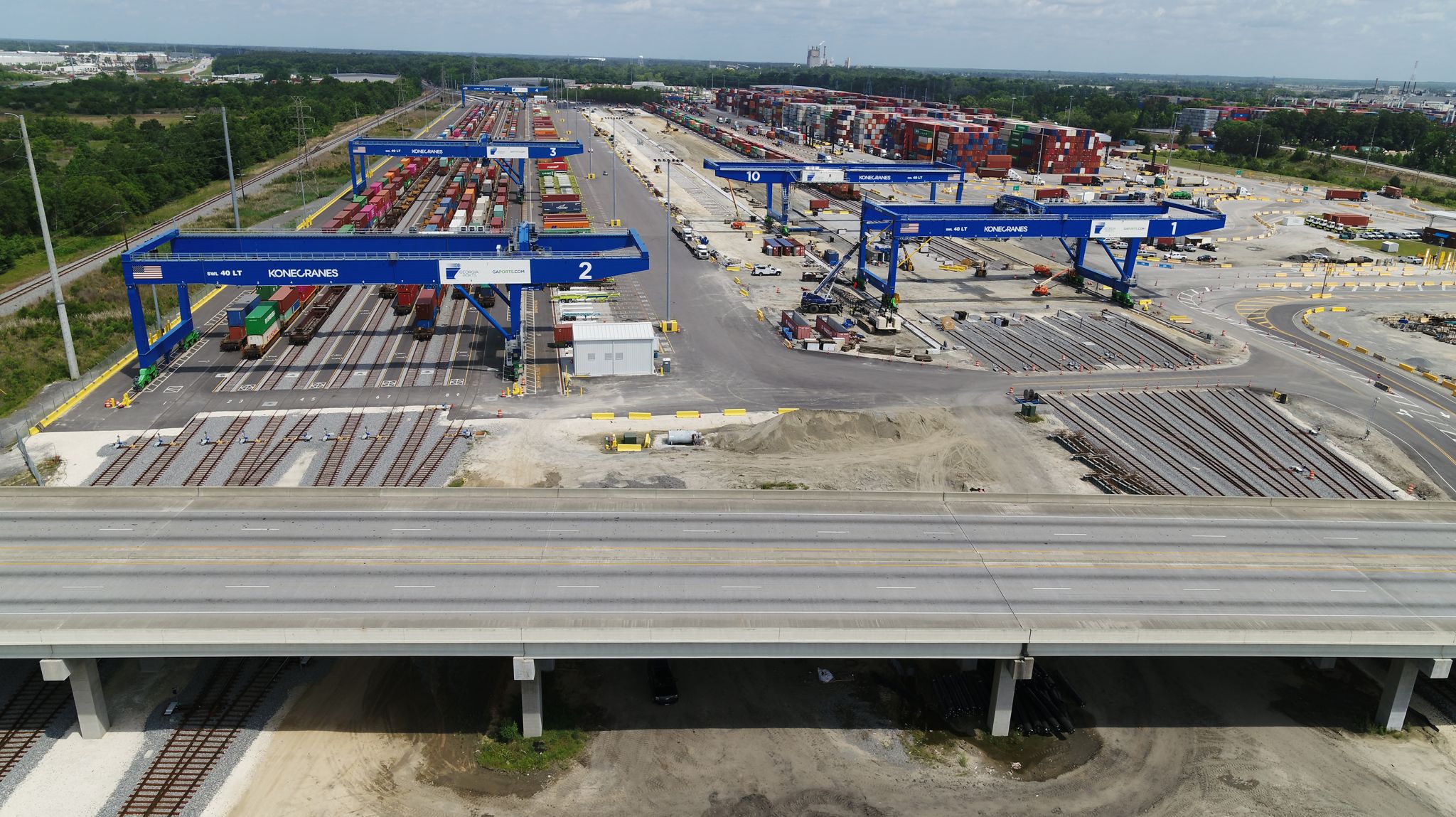Despite the coronavirus pandemic, global trade is booming. Yet supply chains are fragile in places, as the recent blockage in the Suez Canal proved. There is another way to deliver goods.
The new Silk Road
Trade routes between Asia and Europe have been collectively called the Silk Road for well over 2,000 years. The legendary name has stuck, although silk is no longer the primary Asian export. In the twenty-first century, it’s more likely to be consumer goods of all kinds: electronics, machinery and other manufactured items.
Typically, goods are sent by ship around the Asian continent, through the Suez Canal, reach Europe via Mediterranean ports, circle the Iberian Peninsula, then move through the English Channel to the North Sea and Northern Europe. This supply chain through the Suez Canal carries some 12% of global trade.
It’s a long journey, usually taking up to 7 weeks. This minimizes flexibility in reacting to the supply of goods and requires extensive advance planning for receiving the goods.
A lack of flexibility and speed during normal everyday operations is not the only problem. In March 2021, the Suez Canal was blocked by a wayward vessel for six days, causing a traffic jam of nearly 400 ships and the loss of at least several billion US$ in global trade. Some companies rerouted their cargo around Africa, but with 3,500 extra nautical miles and up to two more weeks added to the journey, this was not an option that many were willing to take.
Alternative routes
Fortunately, there are other ways to go.
Modern logistics companies are now starting to turn back to the ancient, trusted routes across the Eurasian continent. The most favored transport method is rail because, compared to roads, railroads do not suffer from traffic jams and run constantly. Train transport is also more eco-efficient than road transport.
A new overland Silk Road from Asia has been transforming rapidly into a vast network, as more railways are built and transport hubs grow around towns and cities on the way. There are major projects planned in Germany, Poland, Belarus, Russia, China, Turkey and other countries. The network is so good today that freight trains take only around 12 days to get from China to Germany. A further reduction of the train runtime is in the works.
A vast train multi-network is growing from East to West and vice versa. A key strength is that the network of tracks offers a choice of routes, so if freight is held up by an accident, political unrest, or just a slow-moving line, operators can easily switch tracks without delaying shipments by any significant time.
With official support, new trade agreements on the horizon and a growing network, the volume of rail traffic between Asia and Europe has been increasing rapidly. In 2019 there were 35 trains a week running from China to central Germany. Now, despite the COVID-19 pandemic, the number has almost doubled to 60. The journey takes 12 days. There is every reason to expect this growth to continue.
A typical freight train running from China to Germany and vice versa can carry around 45 containers, so the 60 freight trains reaching Germany every week from China now carry around 3,600 TEU/week of goods. In a year, this amounts to around 187,000 TEU of goods on the Silk Road supply chain by train. By comparison, on the same China to Germany route, the biggest container ships in the world carry around 20,000 – 25,000 TEU and take seven weeks to get to Rotterdam. From Rotterdam, the goods have to be transported by intermodal supply chains to intermodal hubs /distribution centers, which takes additional days of transport. Logistics companies are taking a keen interest in this math.
Helping to build a new world of trade
This kind of transport is called “intermodal” because it moves containers between different modes of transport – rail, road, river and sea where appropriate – without any unpacking.
Konecranes are an important supplier of intermodal container handling equipment, with RTGs and RMGs built around the famous Core of Lifting components, mobile harbor cranes and lift trucks. The latest technical ad vances have drastically reduced energy consumption, an increasingly important factor as climate concerns grow. The newest Core of Lifting components reduce noise emissions as well, a welcome innovation because intermodal hubs are often in urban areas and must operate 24/7.
vances have drastically reduced energy consumption, an increasingly important factor as climate concerns grow. The newest Core of Lifting components reduce noise emissions as well, a welcome innovation because intermodal hubs are often in urban areas and must operate 24/7.
But Konecranes can offer far more than just container handling equipment. They offer, via TBA Group, the world’s leading expertise in intermodal simulation and emulation, exactly what the new Silk Road development needs in intermodal terminal design.
“We can provide intermodal terminal operators with a complete service lifetime concept in which we take care of their whole facility,” says Stephan Stiehler, Sales Director, Intermodal. “We can design the terminal from the beginning, provide the operating system and all of the container handling equipment that is needed as per performance requirements, with automation if desired, and maintenance services. Konecranes intermodal customers get highly efficient intermodal operations with maximum uptime.”
There are particular manufacturing advantages with Konecranes. The manufacturing of new cranes is very flexible, with factories in China, Poland and Finland. The Konecranes service network has offices with technical expertise in most countries across the region.
As more European and Asian countries and companies join forces to build a new world of trade with ambitious joint ventures, Konecranes can provide the intermodal terminal infrastructure that will help these ventures succeed.
Konecranes is helping to bring intermodal to the Silk Level.


 vances have drastically reduced energy consumption, an increasingly important factor as climate concerns grow. The newest Core of Lifting components reduce noise emissions as well, a welcome innovation because intermodal hubs are often in urban areas and must operate 24/7.
vances have drastically reduced energy consumption, an increasingly important factor as climate concerns grow. The newest Core of Lifting components reduce noise emissions as well, a welcome innovation because intermodal hubs are often in urban areas and must operate 24/7.